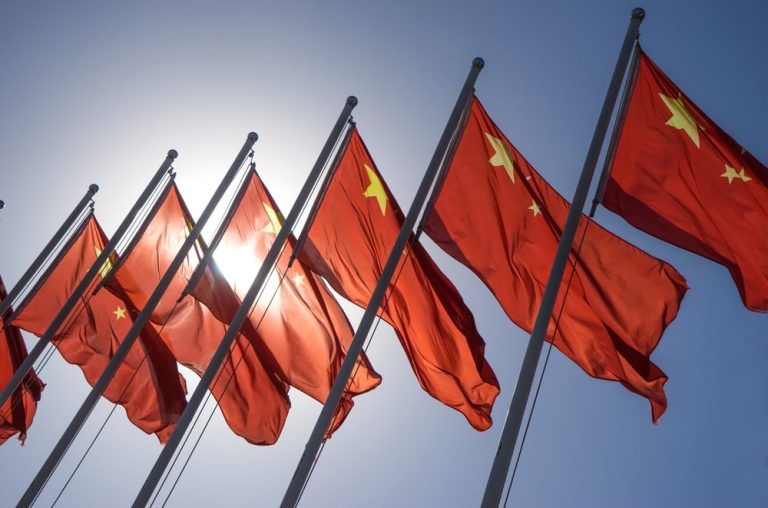- China's consumer price index fell 0.8% in January year-on-year, the largest decline since September 2009.
- The Producer Price Index also fell by 2.5% in January compared to a year ago, indicating lower factory gate prices.
China is witnessing an increasingly deep recession, with recent data showing a significant decline in consumer prices, the fastest decline in nearly fifteen years. The National Bureau of Statistics (NBS) reported a 0.8% decline in the Consumer Price Index (CPI) for January year-on-year. This is a level of deflation not seen since the 2009 global recession. This trend highlights the mounting economic challenges facing China as deflationary pressures continue for the fourth month in a row.
Analysts attribute this sharp decline to seasonal factors, indicating that the worst may be over. However, the data paints a complex picture of China's economic health. In particular, food prices, especially pork and vegetables, caused the CPI to fall significantly, with pork prices falling by 17.3% and vegetable prices by about 12%.
Producer price index falls by 2.5%, services show resilience
Meanwhile, the Producer Price Index (PPI), which measures factory gate prices, fell 2.5% in January year-on-year. This slight improvement compared to December's 2.7% reduction indicates a potential stabilization in industrial costs.
Contrary to the deflationary trend in goods, prices of consumer services rose. During the Spring Festival travel peak, China saw a spike in travel activity, with air and rail travel volumes exceeding pre-pandemic levels. This increase in mobility led to a 1.8% increase in tourism-related prices in January compared to the previous year, underscoring the diverse dynamics within China's economic sectors.
As China maneuvers through these deflationary conditions, its economy is at a pivotal point. While the CPI and Producer Price Index point to immediate challenges, the rise in travel and consumer services prices indicates resilience in some sectors. The next few months will be crucial in determining whether these deflationary trends are a short-term phenomenon or an indication of a deeper economic problem.

